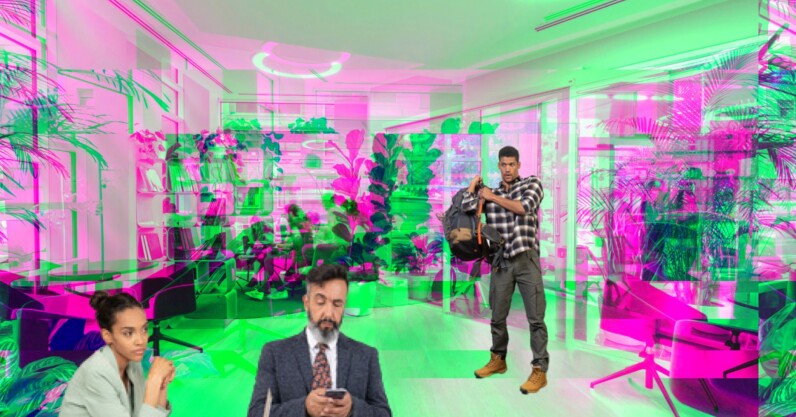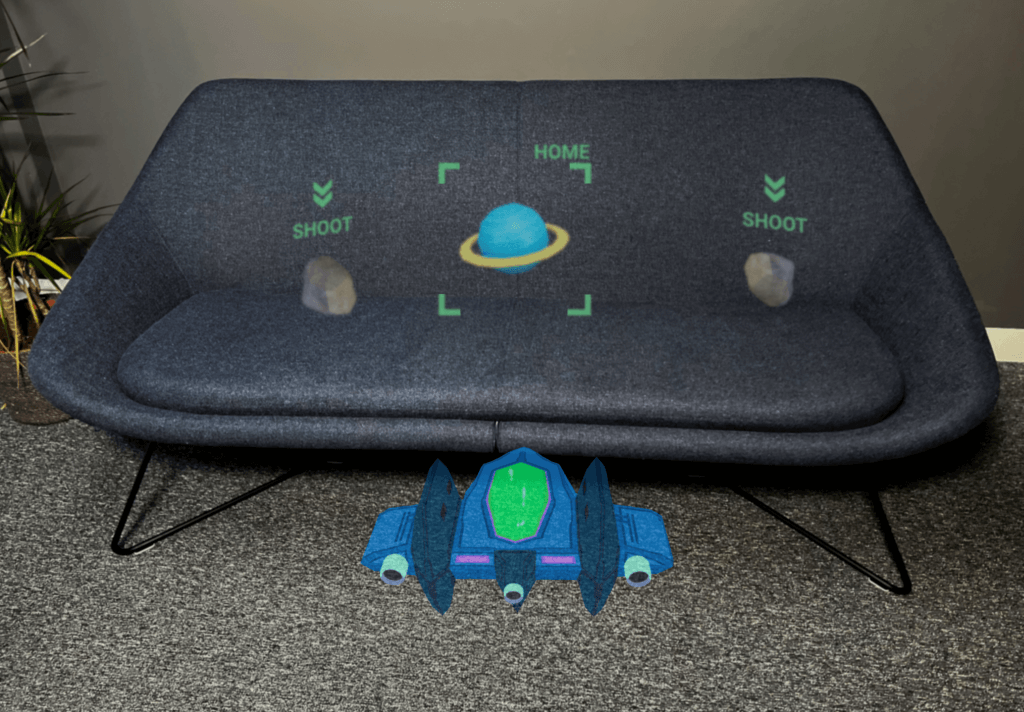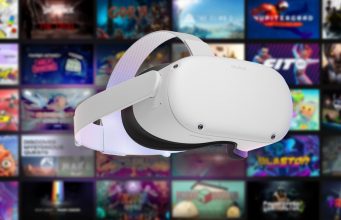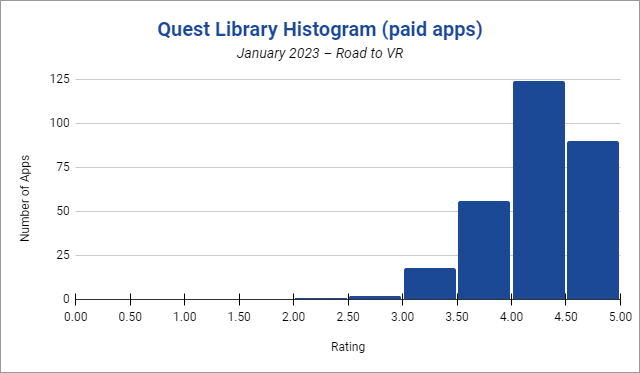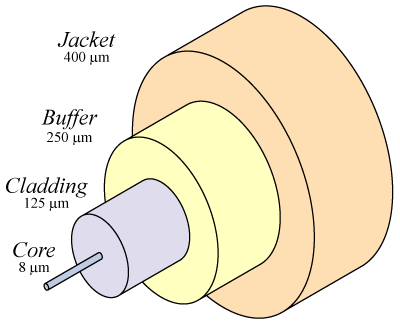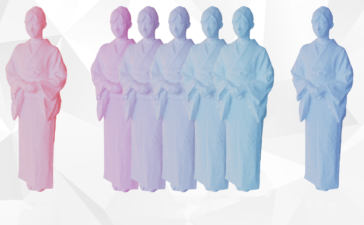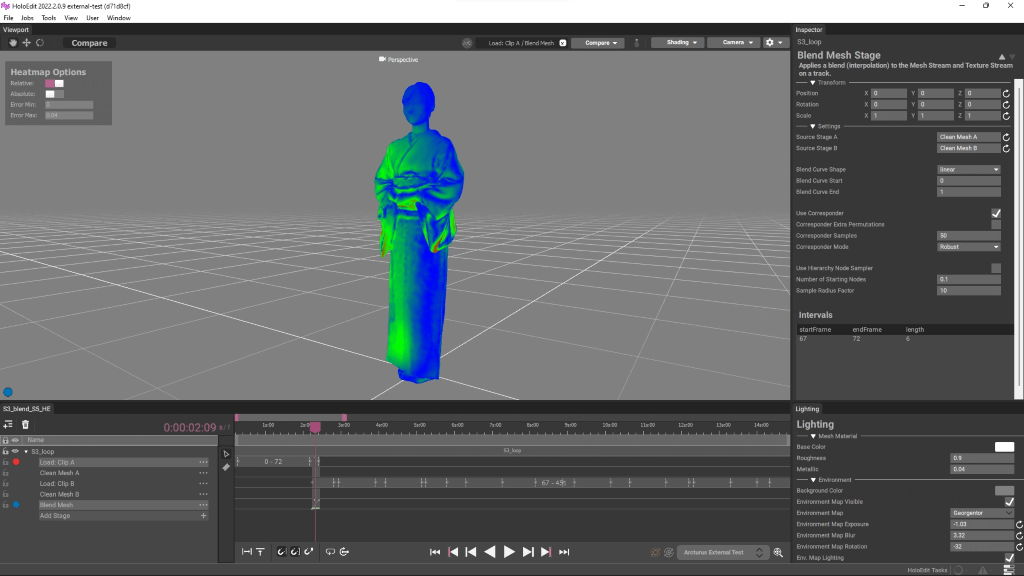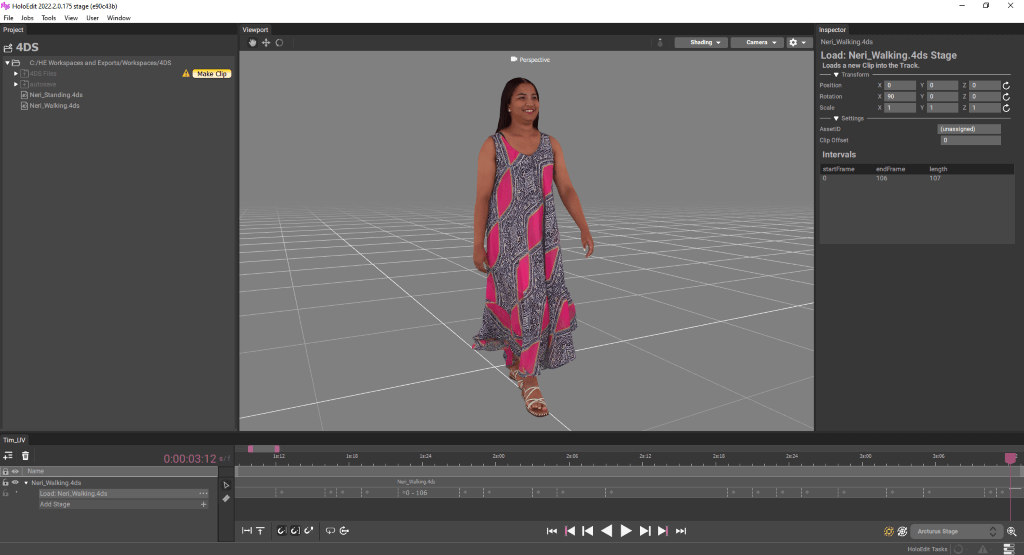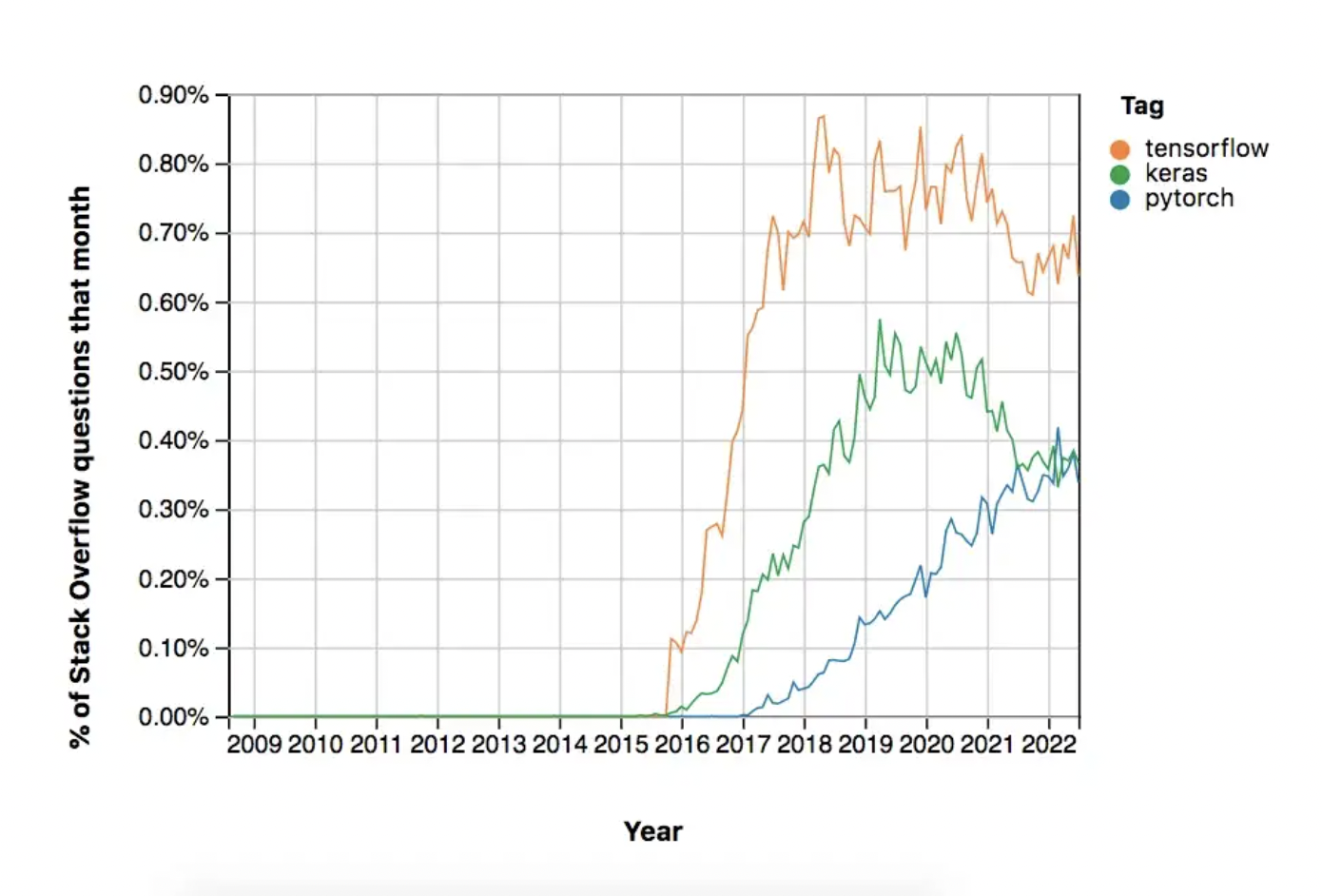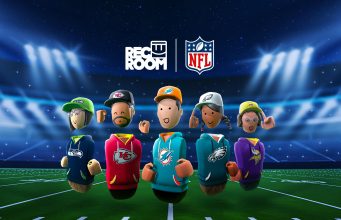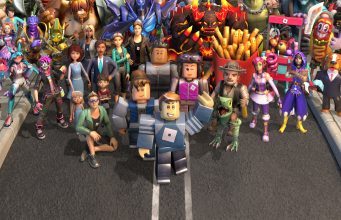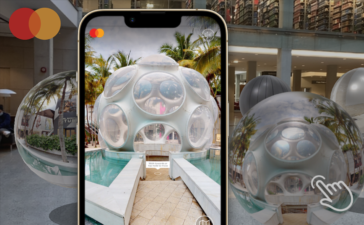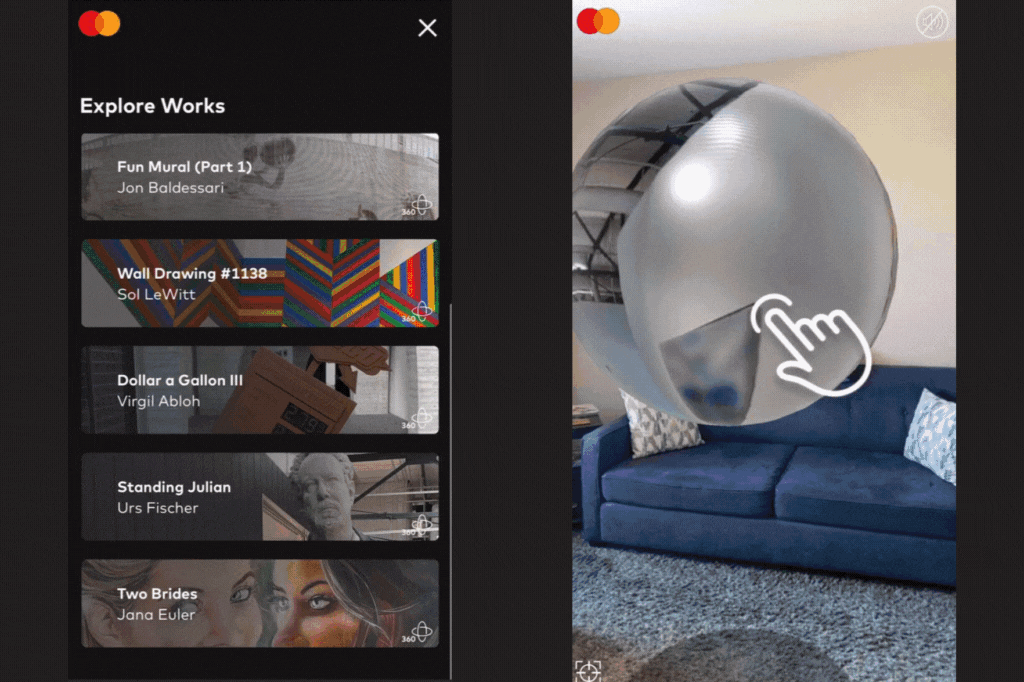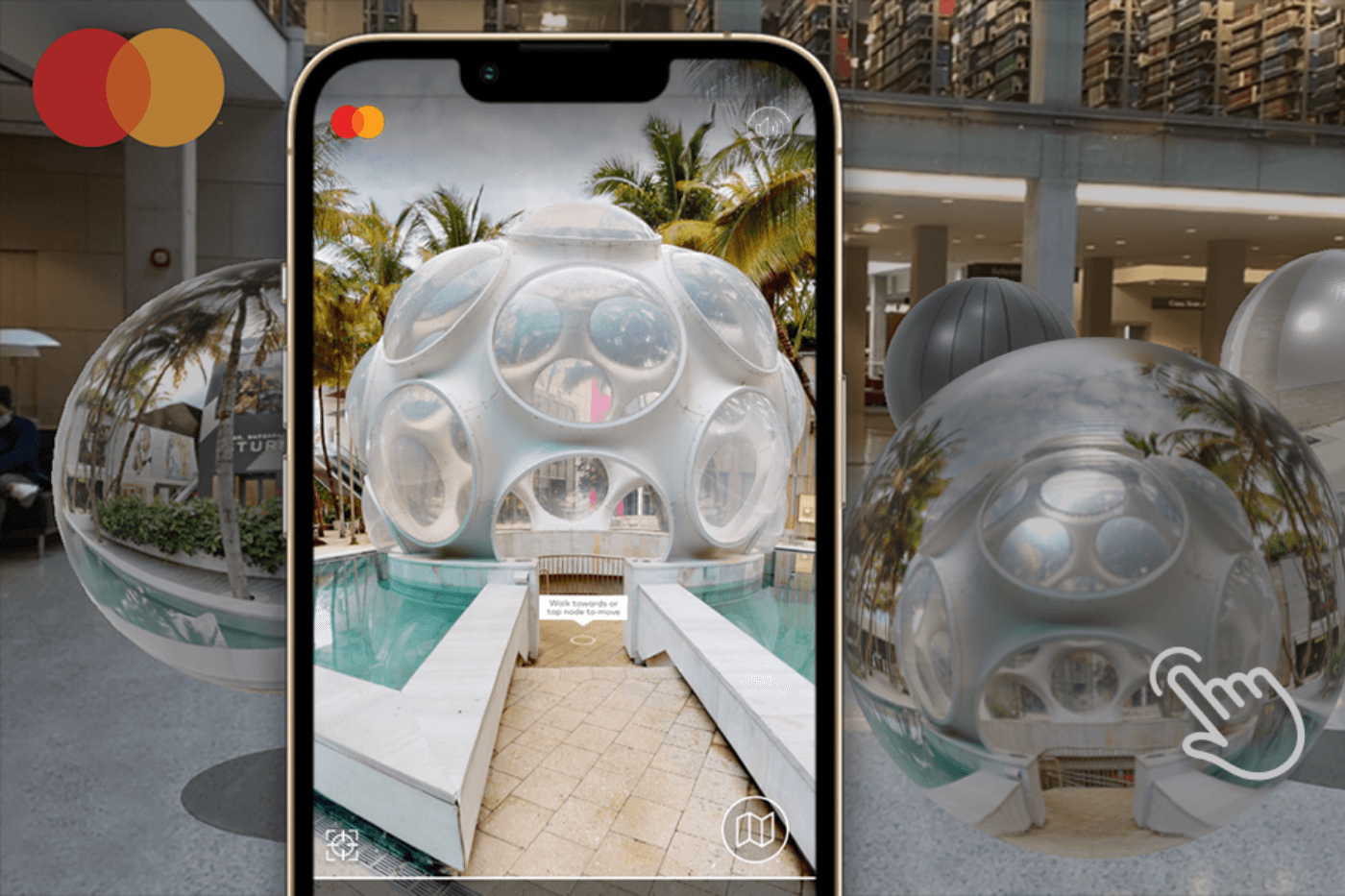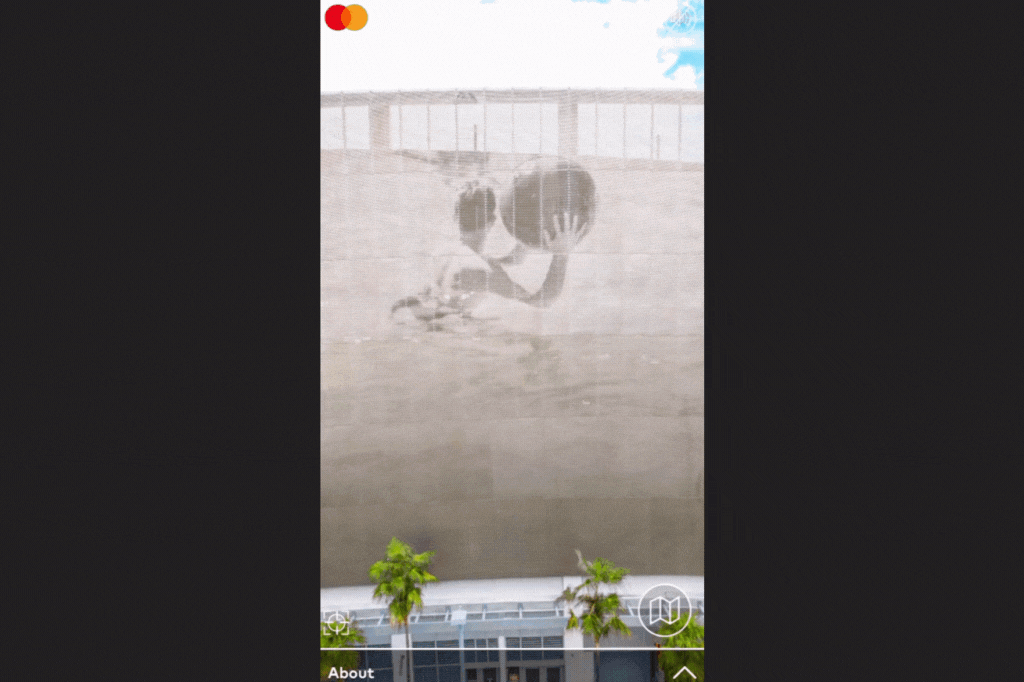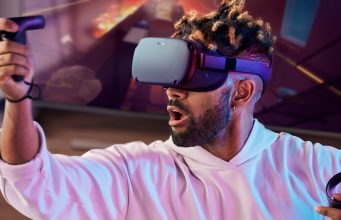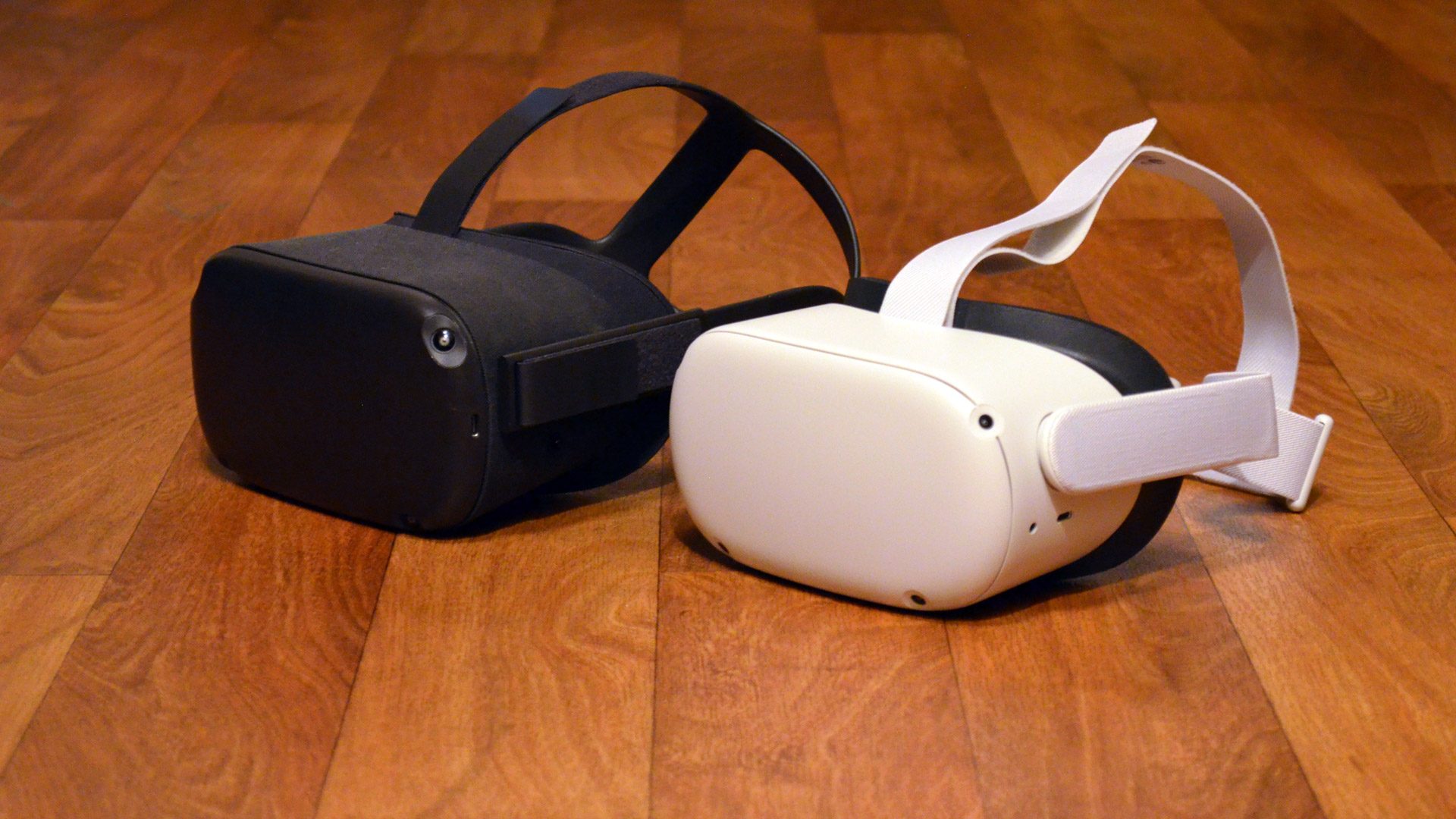What the hell is job boomeranging and why is it trending right now?
Not, in fact, a fun sports perk offered by tech companies eager to keep up with the latest in compensation trends, “job boomeranging” is actually a rising workplace trend. In a nutshell, it’s when a former employee bounces back to a previous employer.
The trend has been observed by experts such as Anthony C. Klotz, associate professor of management at UCL School of Management in London; Klotz is also responsible for coining the term, the “great resignation.”
One trend complements the other. The great resignation cohort left their jobs in droves during the pandemic: 47 million US workers quit their job in 2021. In France, resignations peaked towards the end of 2021 and, in the UK, job-to-job movement was at an all-time high between October and December 2021 as workers sought better work-life balance, more money, or a step up the career ladder.
Bounce back
Boomerangers, on the other hand, form part of a new movement that’s also being called the “Big Regret.”
Endless column inches have trumpeted the advantages of making a career move over the past couple of years, and anecdotal evidence from that friend-of-a-friend who did it and never looked back helped to make a compelling case too. Research also backed up workers’ rationales to ditch the day job and look elsewhere. According to Pew Research Center, 60% of workers switching jobs saw an increase in their real earnings.
For many workers––those for example, who may have been coasting along in “quiet quit” mode––or anyone who genuinely felt it was time to make a career change, the change has proved positive.
But there is a sizable cohort of people for whom that job switch hasn’t worked out as planned.
No regrets?
UKG, a workforce management platform, ran a survey across six countries in 2022. The company compared responses of 1,950 employees who quit their jobs since March 2020, with the responses of people managers who had people on their team resign.
Forty-one percent of people felt they quit their old job too quickly, and 43% of job quitters admitted that they were better off at their old job. Of those who weren’t quite feeling their new position, 62% agreed that their old job was, in fact, superior.
So can you ever go back? Professor of management Michael A. Campion looked at boomerang employees for a research paper called “Welcome Back? Job Performance and Turnover of Boomerang Employees Compared to Internal and External Hires,” in the Journal of Management.
“In an era when the average employee will work for many different employers during their career, however, organizations are becoming more open to rehiring former employees,” Campion says.
Changing mindset
There is evidence that employers were softening on this even before Covid-19. A 2015 study commissioned by The Workforce Institute showed a changing mindset around re-hires. Back then, 76% of HR professionals said they were more accepting of hiring boomerang employees than before.
In 2019, more than 10% of Microsoft’s hires were boomerangs, and at LinkedIn in the UK, 5% of all new hires in 2021 were actually former employees who returned to the company.
“Hiring former employees, who are a known entity, is thought to be less risky than hiring new employees. They are also familiar with the job, understand the organization’s culture and values, and may have relationships with existing employees,” Campion explains.
However, boomerang employees often don’t excel when they bounce back to a former employer. “Results suggest that boomerang managers’ performance tends to remain the same after being rehired,” he says.
Get re-hired
So how can you go about getting re-hired at your old firm, and boomerang back to your happy place? The first thing to do for the future is to always keep things cordial. Leaving your old job on a good footing is the most important factor in being able to go back as a rehire, so beware sending any critical all-hands emails, for example.
You’ll know fairly fast if your new role and company aren’t a fit––the company culture isn’t right, the job hasn’t worked out as planned, or you can’t get on with your new boss. If that’s the case and you can’t see yourself staying in your new position long-term, then get in touch with your old manager or the hiring team to check in. You want to get a sense of the lay of the land; if your contact will be well-received, and from there, you can open a wider dialogue.
If you’re still close to your previous boss, schedule a lunch or a coffee break. Tell them what’s going on, and explore whether there’s any opportunity for you to return.
It’s common to panic and want to go back to what you know. But do ask yourself some hard questions too. Do you want to return because it’s an easy option? Think about your previous experience with the company––and what motivated you to leave in the first place.
Before you accept any offer to boomerang back, make sure it’s one that gives you the chance to progress, prove yourself––and grow your career.
For more great opportunities in tech, visit The House Of Talent Job Board today
What the hell is job boomeranging and why is it trending right now? Read More »
